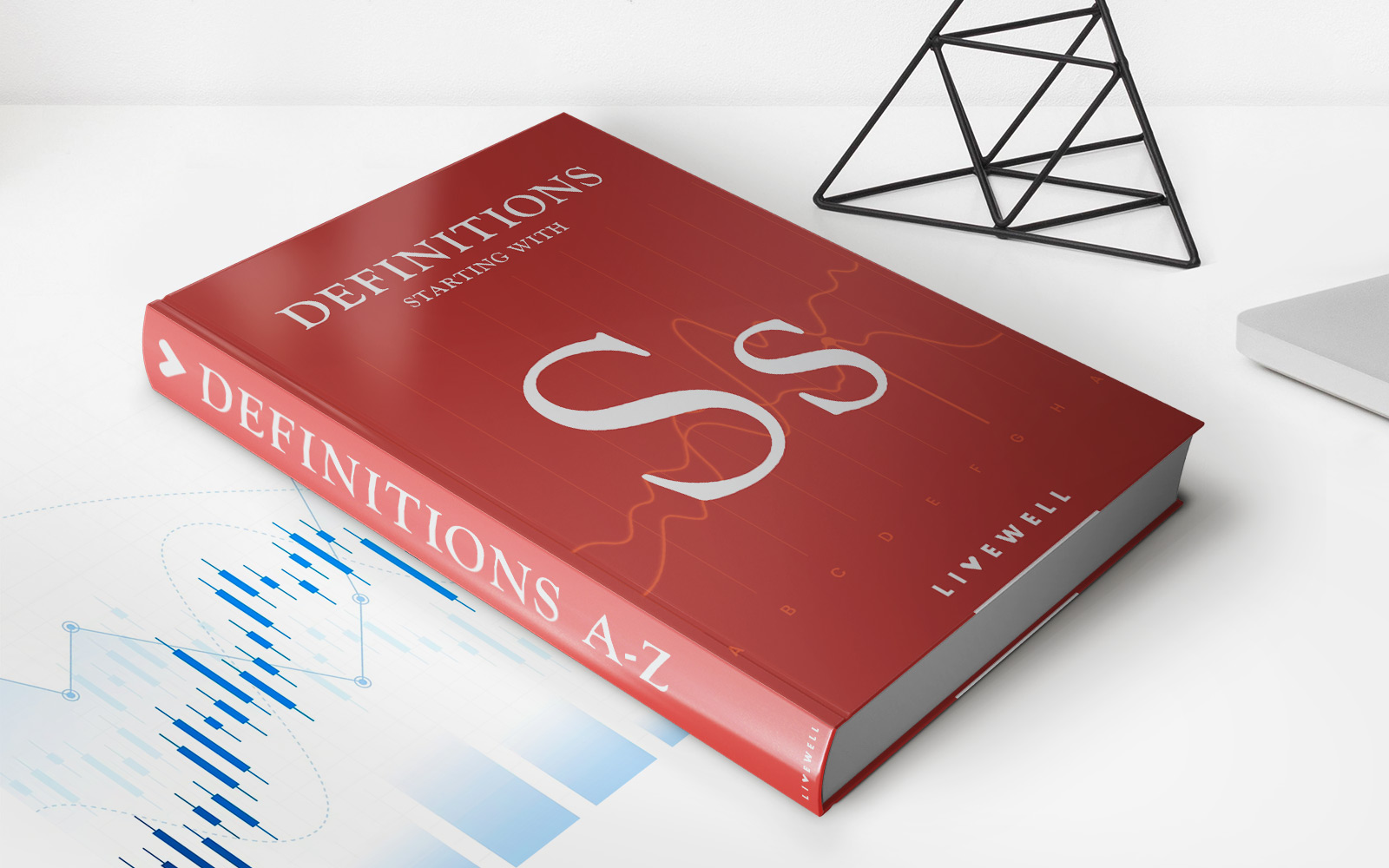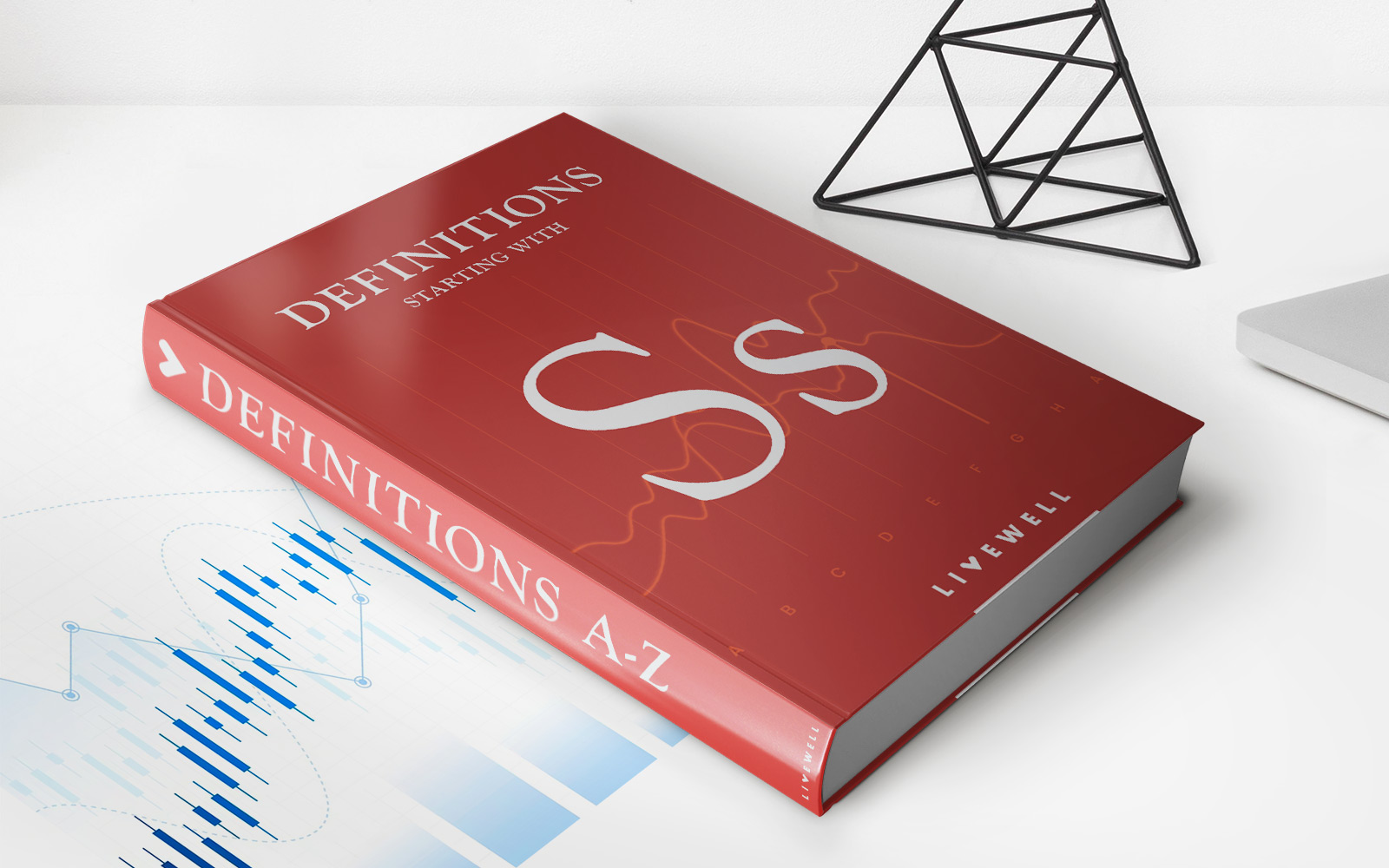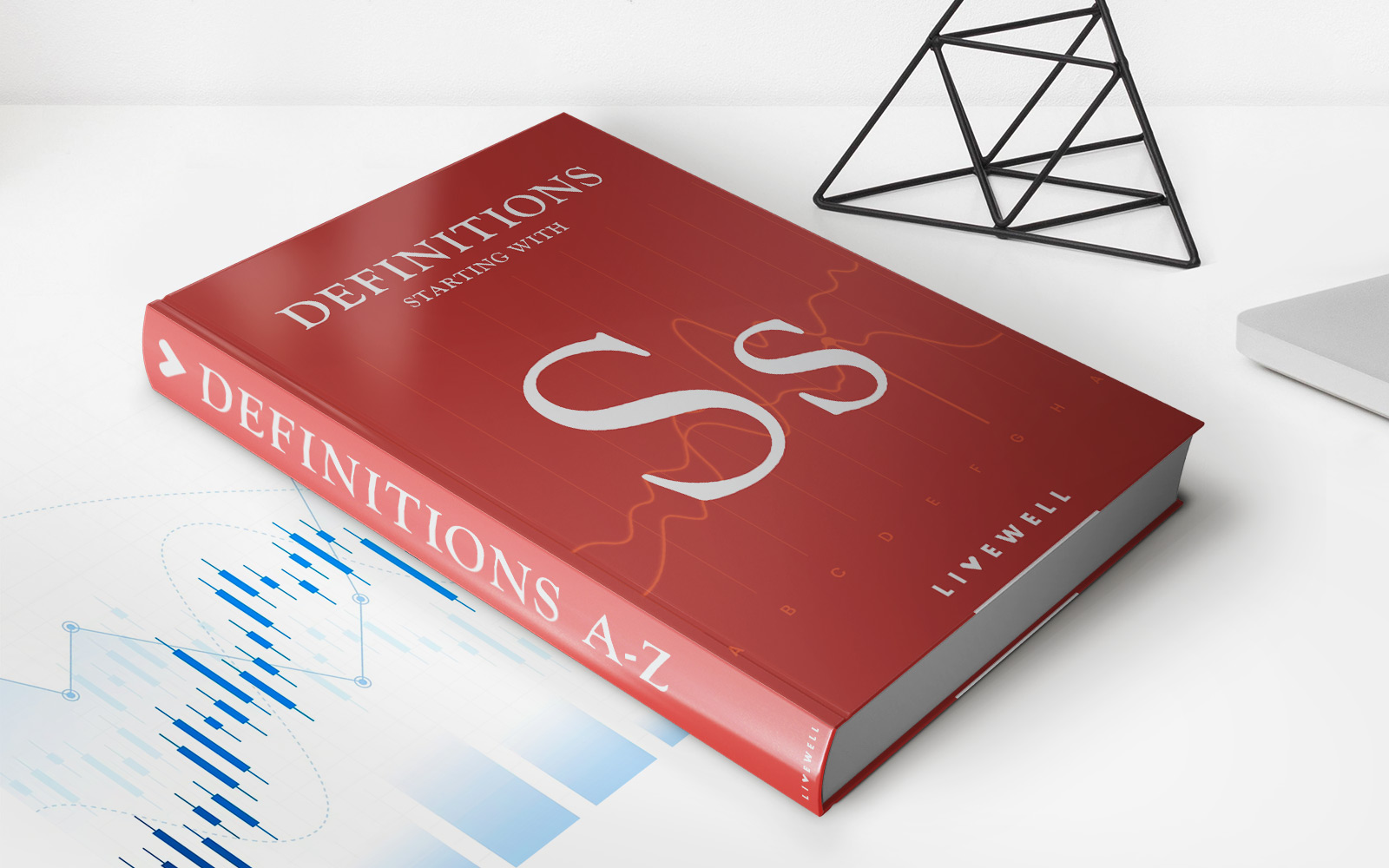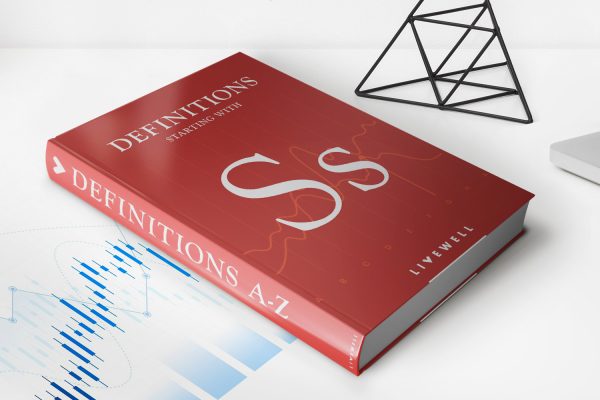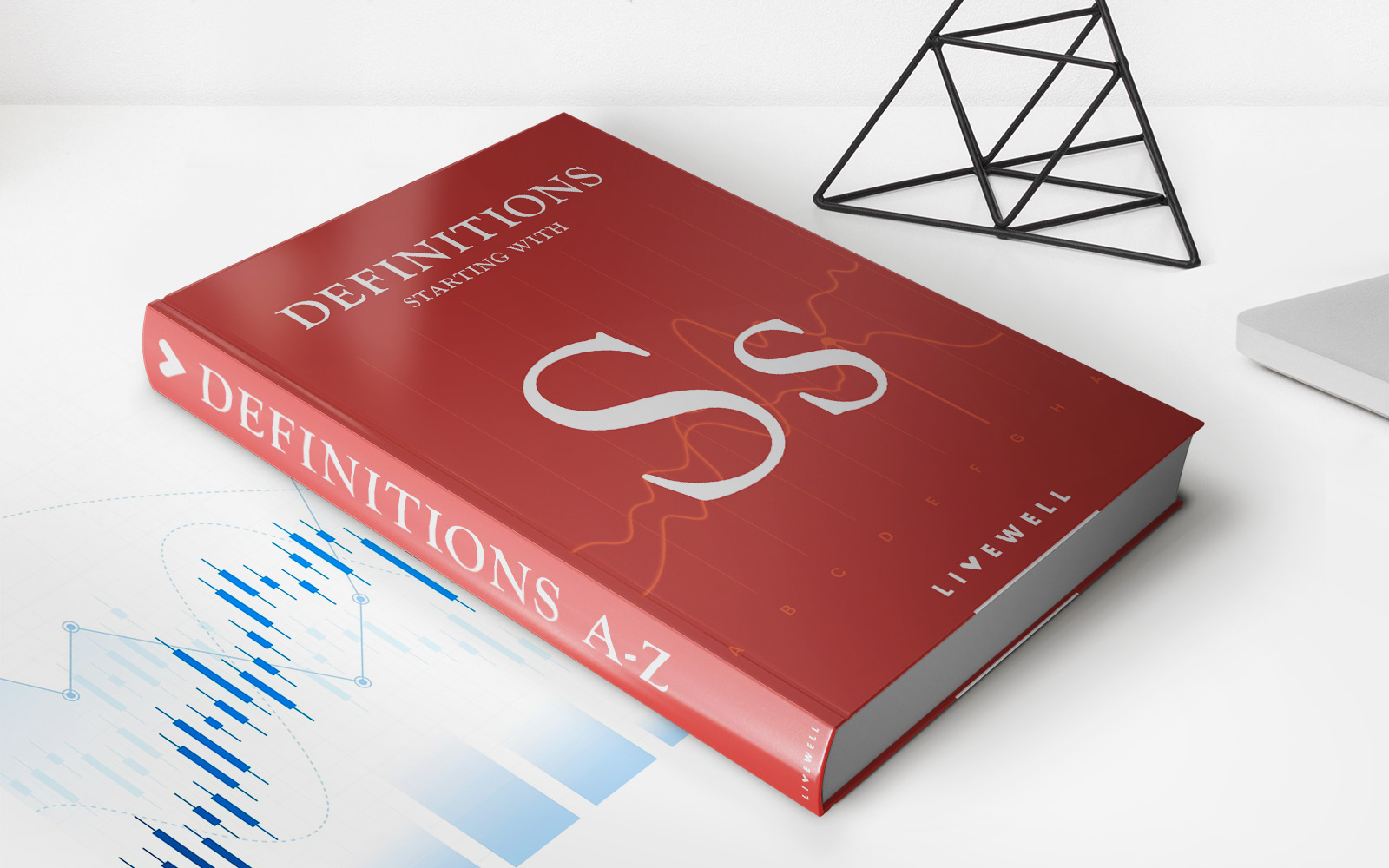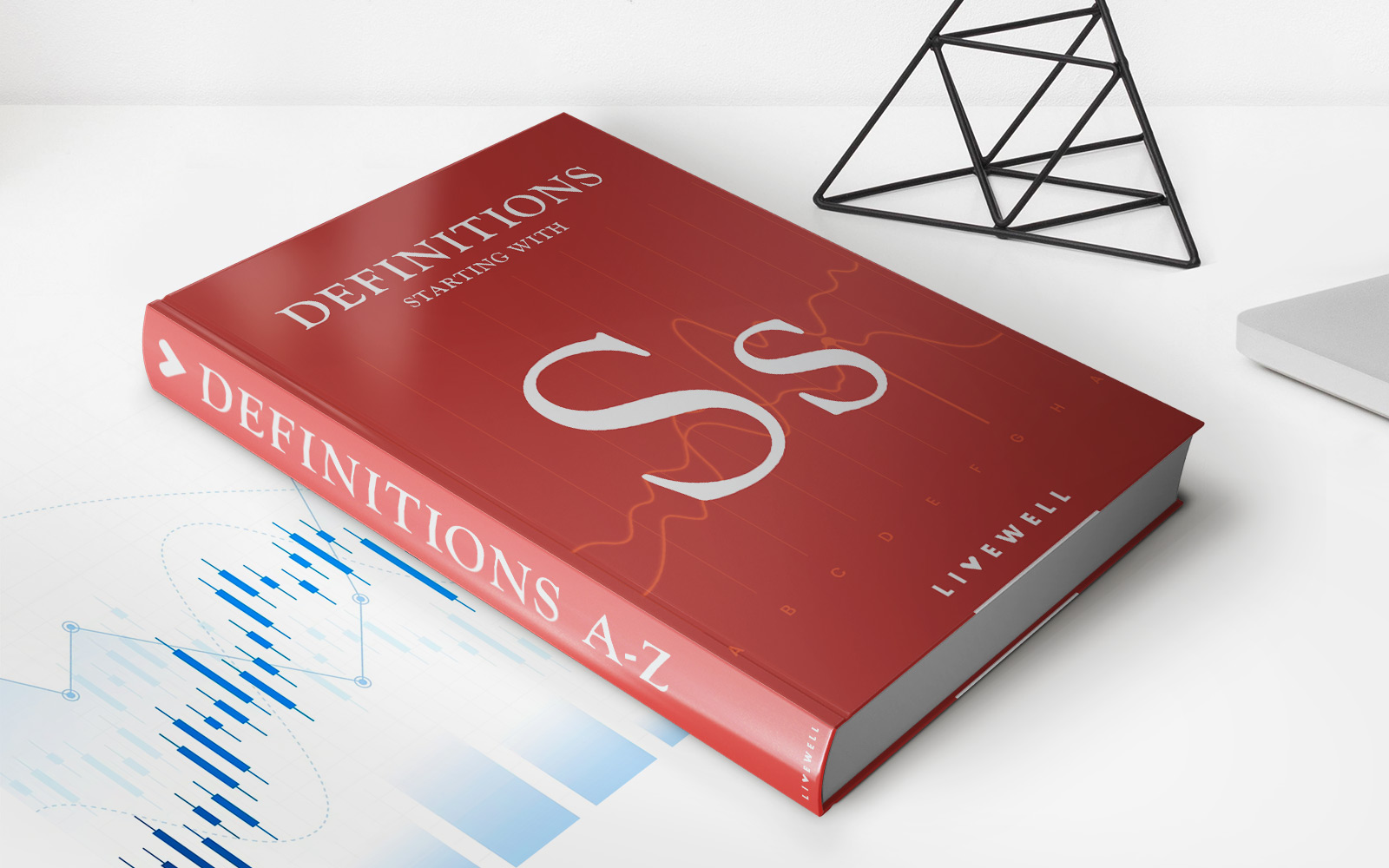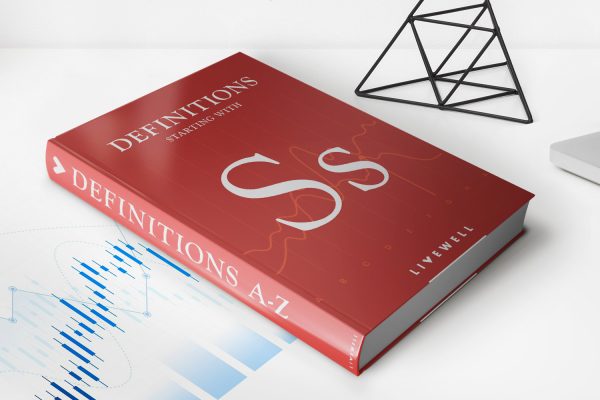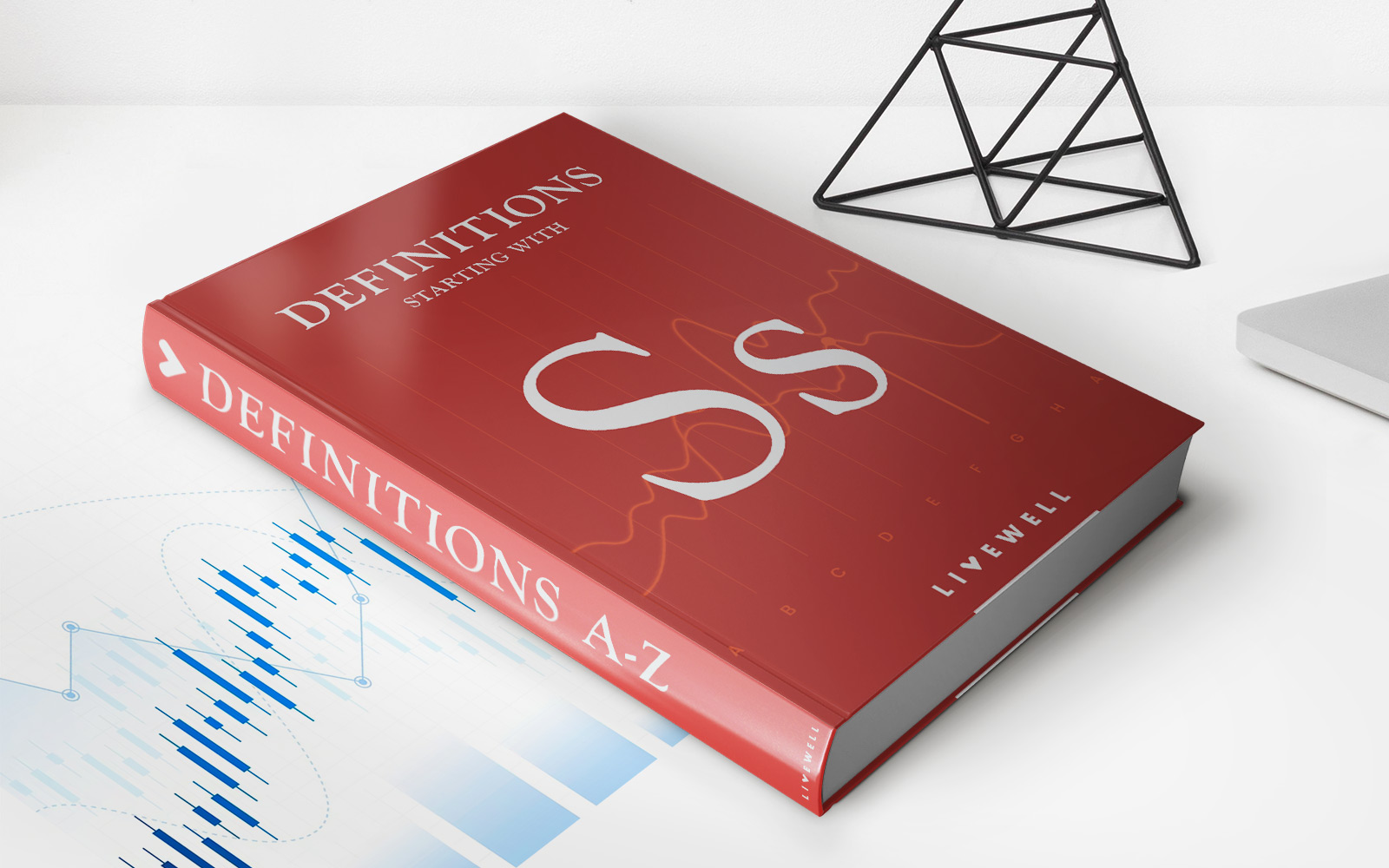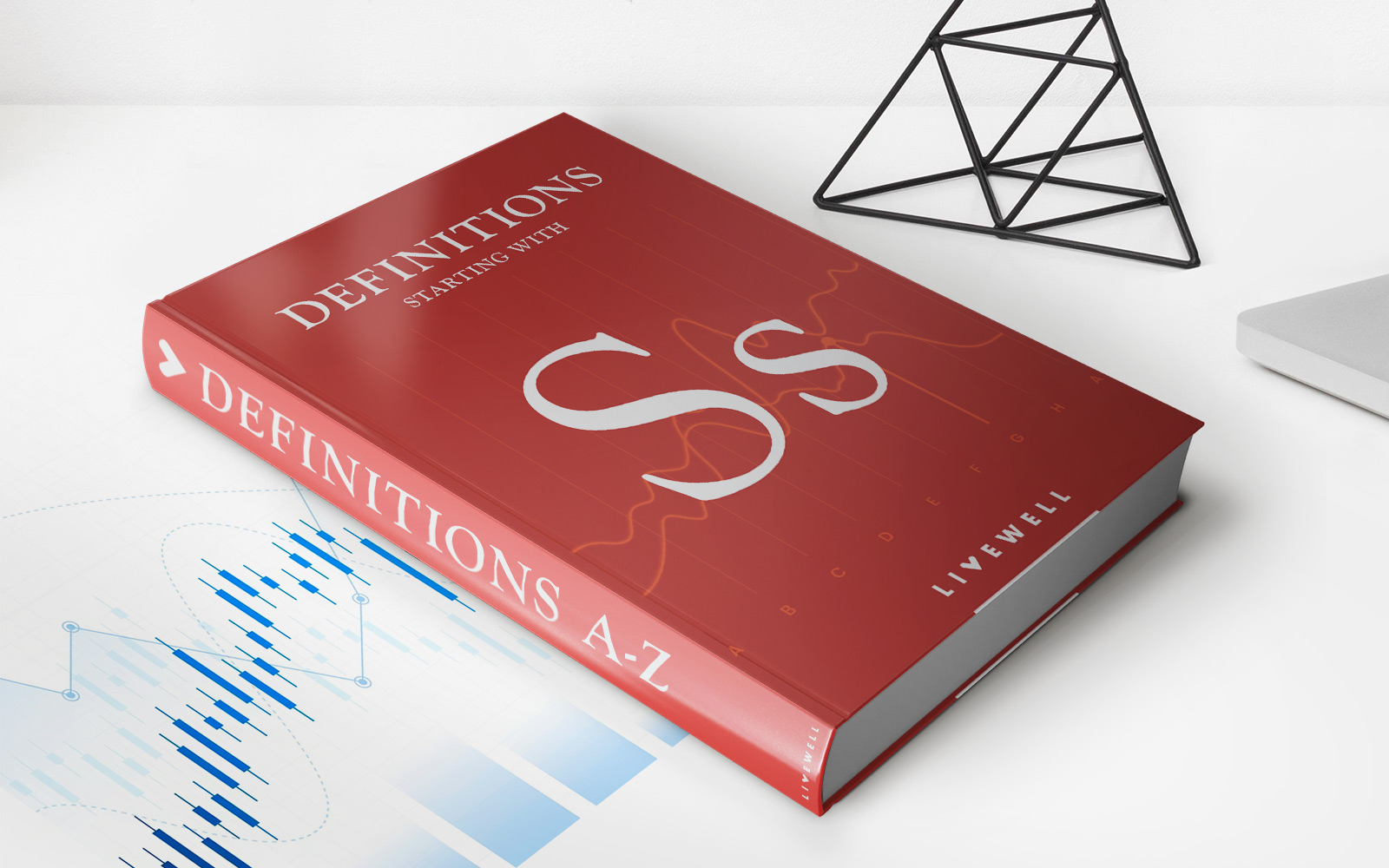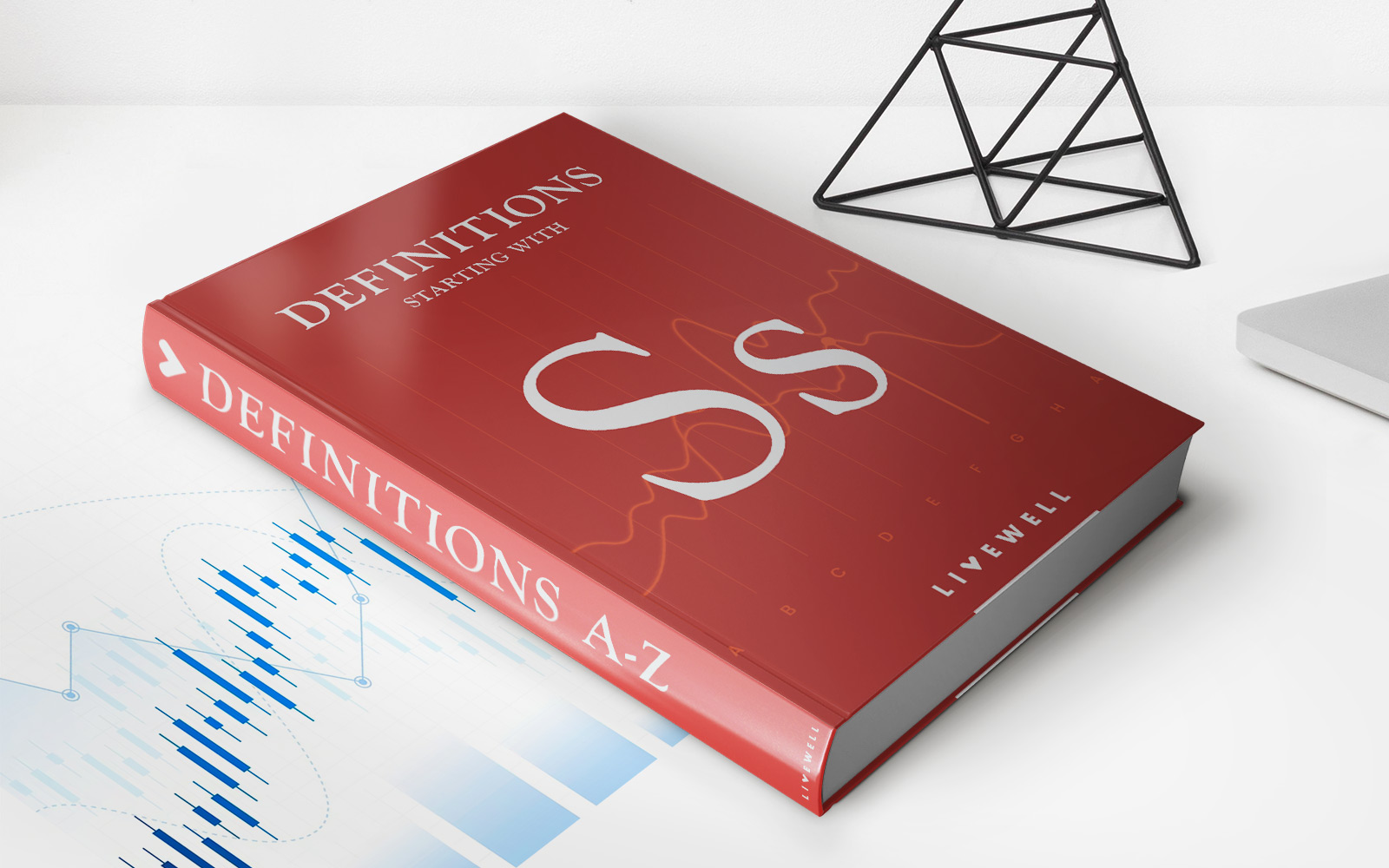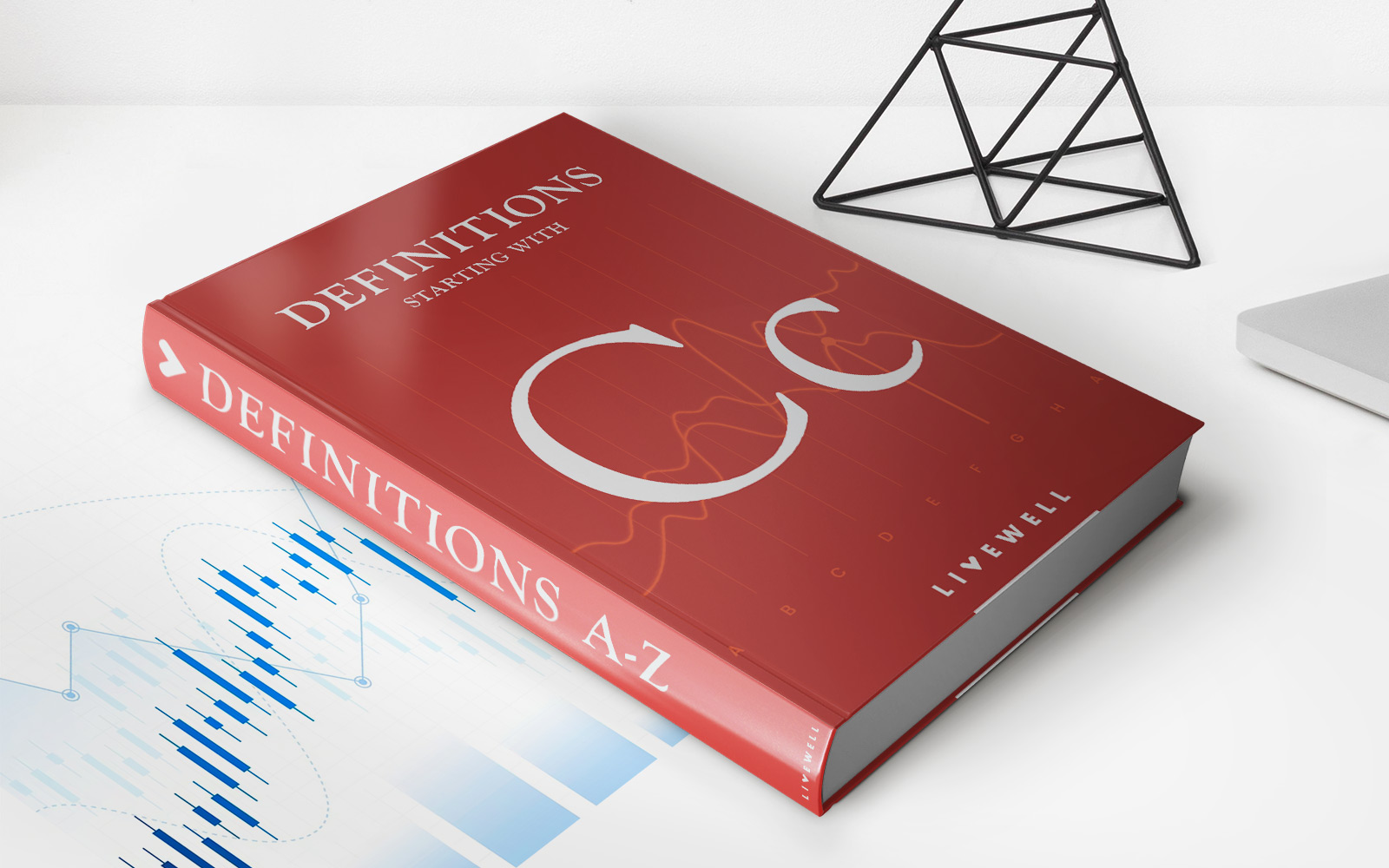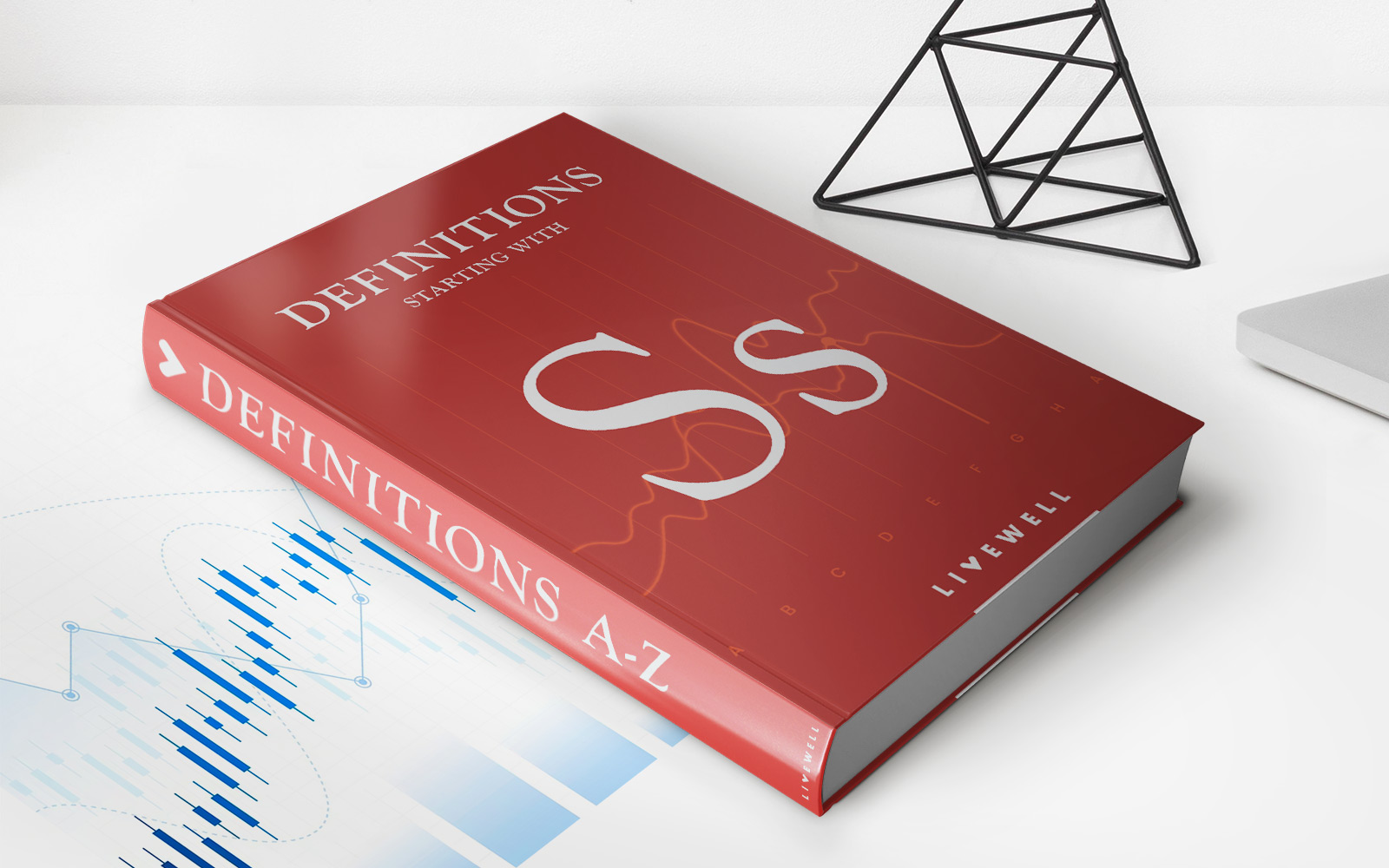

Finance
SEC Form BDW Definition
Published: January 24, 2024
Learn about the definition and purpose of SEC Form BDW in the finance industry. Discover how this form impacts financial institutions and their regulatory compliance.
(Many of the links in this article redirect to a specific reviewed product. Your purchase of these products through affiliate links helps to generate commission for LiveWell, at no extra cost. Learn more)
Understanding SEC Form BDW: Definition and Purpose
When it comes to navigating the world of finance, there are numerous terms, acronyms, and forms that can often seem confusing or overwhelming. One such form is the SEC Form BDW, which holds significant importance for financial professionals and entities in the United States. In this blog post, we will delve into the definition, purpose, and key aspects of SEC Form BDW, shedding light on its role in the world of finance.
Key Takeaways:
- SEC Form BDW is an essential document required by the U.S. Securities and Exchange Commission (SEC).
- It is primarily used by broker-dealers to register with the SEC and comply with regulatory obligations.
But what exactly is SEC Form BDW? SEC Form BDW, also known as the Uniform Application for Broker-Dealer Withdrawal, is a form that broker-dealers file with the SEC when they wish to withdraw their registration as a broker-dealer. It is an important step in the process of winding down or ceasing operations for broker-dealer entities.
The primary purpose of SEC Form BDW is to ensure that broker-dealers who wish to withdraw their registration do so in compliance with regulatory requirements set forth by the SEC. By completing and submitting this form, broker-dealers provide the SEC with necessary information and affirm their intention to terminate their registration and cease operations as a broker-dealer.
Now, let’s take a closer look at some key aspects of SEC Form BDW:
- Information Disclosure: The form requires broker-dealers to disclose essential information such as the reason for withdrawal, final asset values, outstanding liabilities, and any ongoing investigations, litigation, or disciplinary actions. This level of transparency ensures that the SEC has a complete understanding of the broker-dealer’s financial status and underlying reasons for withdrawal.
- Timing and Filing Requirements: Broker-dealers must file SEC Form BDW within a specified timeframe, usually 180 days after the date of withdrawal or, in some cases, within 30 days if the withdrawal is due to a merger or acquisition. It is crucial for broker-dealers to adhere to these deadlines, as failure to do so may result in penalties or regulatory issues.
- Compliance Considerations: SEC Form BDW also requires broker-dealers to address any ongoing regulatory compliance obligations. This includes resolving customer complaints and fulfilling any outstanding obligations to clients, employees, or other parties. By ensuring compliance during the withdrawal process, the SEC can safeguard the interests of all involved stakeholders.
In conclusion
SEC Form BDW plays a vital role in the financial landscape, as it enables broker-dealers to formally withdraw their registration with the SEC in a compliant manner. By submitting this form, broker-dealers provide the SEC with essential information, affirm their intention to cease operations, and navigate the process of winding down their business smoothly.
Understanding the purpose and significance of SEC Form BDW can benefit financial professionals, investors, and anyone involved in the realm of broker-dealers. By adhering to regulatory obligations and filing this form correctly, broker-dealers can ensure a transparent, compliant, and legally sound transition as they finalize their operations in the finance industry.
